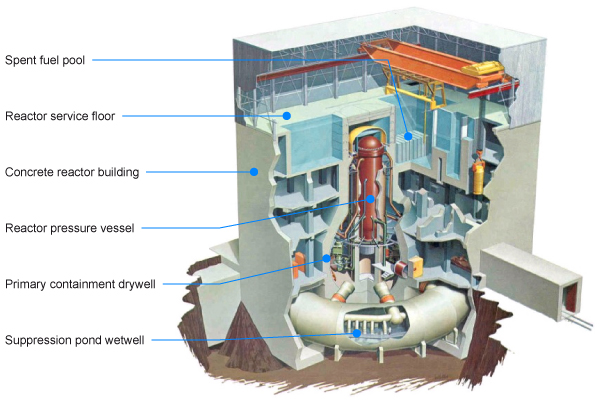Summary:
On December 7th, we had our presentation at Dorchester Academy. We were presenting our voltaic pile battery. We had a few minor mishaps. One of our group members did not show up so it was only us, me (Jeanie), Jessica, and James. We also didn’t know where most of our materials are so our professor had to buy the rest. Not only that, we were about 5 minutes late to the school.
When we arrive at the high school, we met the principal? He introduced himself and so did we. When we went into the classroom, there were about 20 students chatting away. Our professor presented her presentation while my group was making the voltaic pile battery. When our professor was finished, James went up to present our PowerPoint presentation while Jessica and I work on the voltaic pile battery. When it was time to present our battery, the voltage meter showed a result of 0.54 volts. And as we stacked it up more, the voltage meter still read about 0.54 volts.
Some of the students wanted to try making the battery so we challenge them to see if they could get a higher reading. When they finished making one stack we checked the reading. It was the same as ours when we had only one stack. At the end of the presentation, we answered some of their questions about college. When we finished answering their questions, we said our goodbyes and went back home.
Thoughts:
Jeanie: I think we did a great job presenting our project even though one of our members was not able to come. It was me, Jessica, and James that presented. James did a great job grabbing the students’ attention when they were busy chatting away. Our voltaic pile battery voltage did not increase as we were making more stacks. But the students were still intrigued.
Jessica: I thought the presentation went really well and the three of us worked well as a team. I think James did a great job grabbing the students’ attention. Even though we could not get the experiment to work in our favor, I think we explained it well enough for the students to get the basic idea of it. I just wish the students were more attentive, but other than that it was an enjoyable and a good experience.










